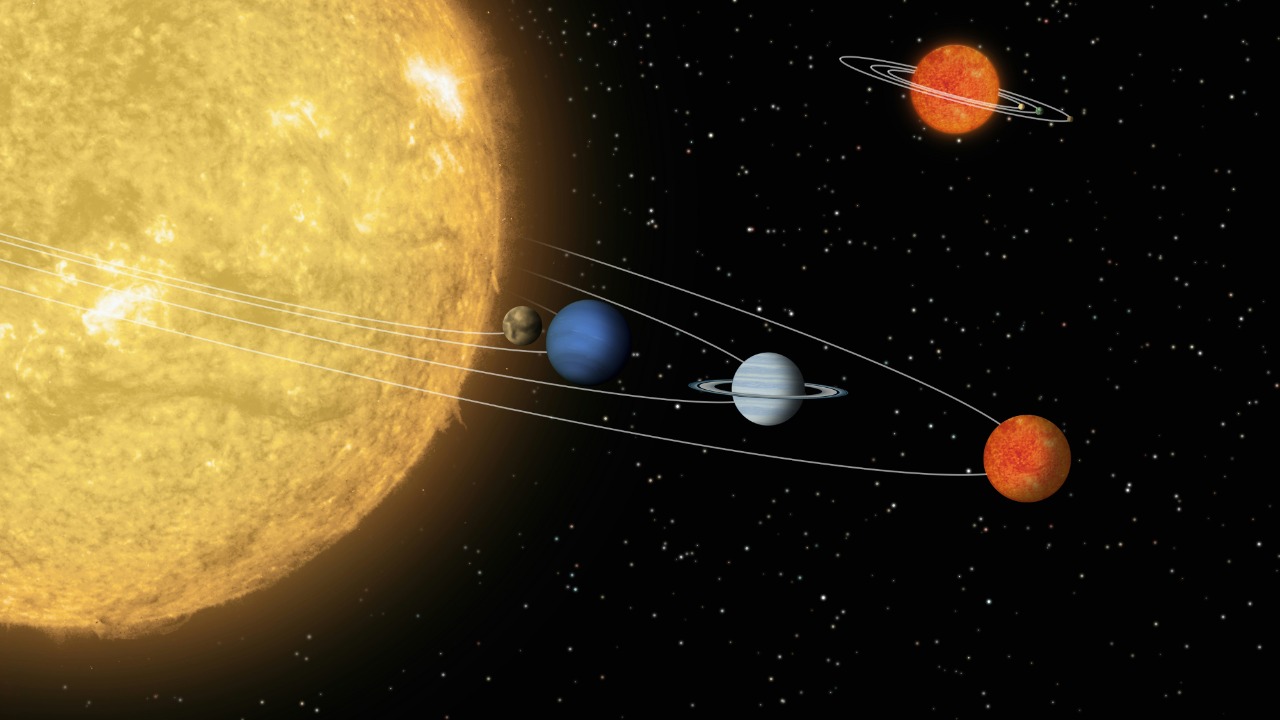
Einstein’s theory of general relativity could fundamentally alter the traditional definition of habitable zones around stars, potentially expanding the types of planets considered suitable for life by accounting for relativistic effects on stellar light and planetary orbits. This insight challenges the longstanding assumption that only rocky planets in specific orbital distances can support liquid water and life, suggesting that gas giants or planets around certain stellar remnants might also qualify under revised models. Researchers have proposed that these effects become significant for compact objects like white dwarfs, rewriting criteria for exoplanet habitability searches (Source).
Traditional Habitable Zone Concepts
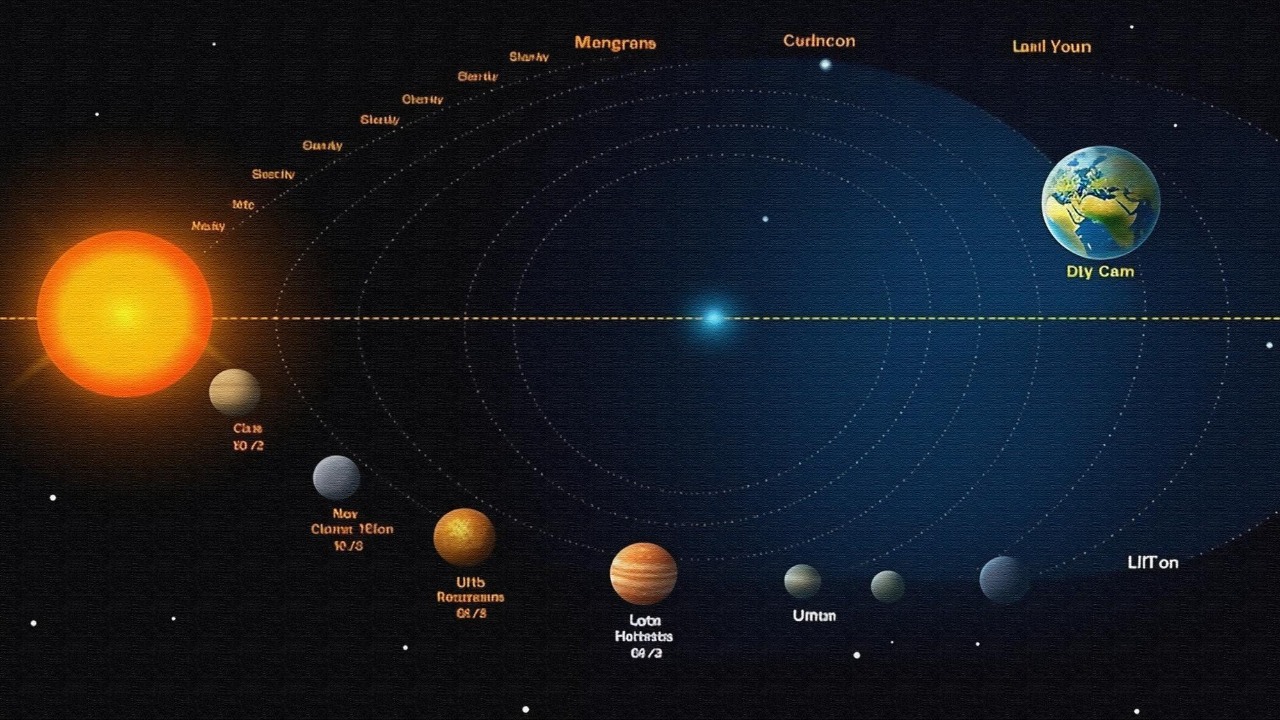
The classical habitable zone is traditionally defined as the orbital region around a star where a planet receives enough stellar radiation to maintain liquid water on its surface. This concept has primarily been applied to Sun-like stars and rocky planets, assuming a stable environment without considering relativistic distortions. However, this model has limitations, particularly when it comes to extreme gravitational fields near compact stars, which can bend light paths and alter the effective insolation on planets. Such gravitational influences are not accounted for in the traditional habitable zone model, which could lead to an incomplete understanding of where life might exist (Source).
Past exoplanet discoveries, such as those in the TRAPPIST-1 system, have often relied on these distance-based zones to assess habitability. These assessments typically ignore the potential for extreme gravitational effects to impact the climate and habitability of planets orbiting compact stars. As a result, the traditional model may overlook planets that could sustain life under different conditions, highlighting the need for a revised approach that incorporates relativistic effects.
Relativity’s Role in Stellar Environments
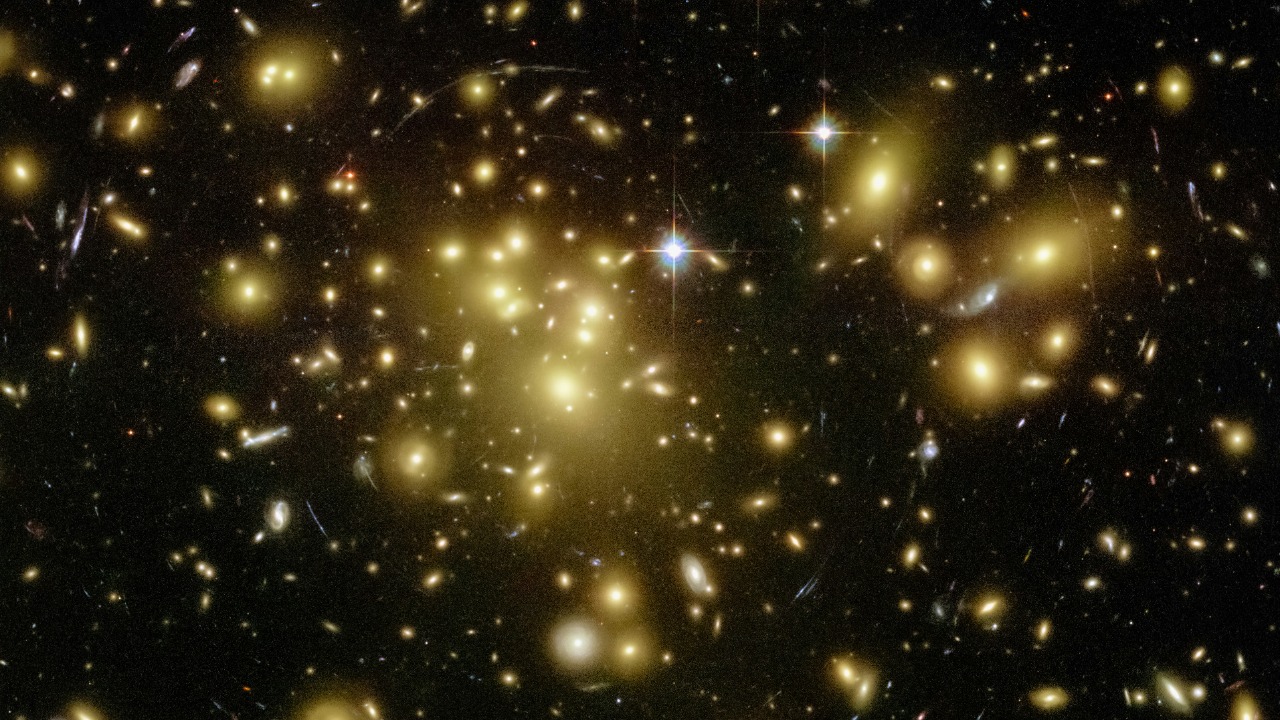
Einstein’s general relativity predicts phenomena such as gravitational lensing and time dilation around massive or dense stars. These effects can focus or defocus incoming radiation on orbiting planets, significantly impacting their climates. For example, in the case of white dwarfs, the strong gravitational fields warp spacetime, potentially shifting the habitable zone inward or outward compared to predictions based on Newtonian physics. This shift could mean that planets previously thought to be too close or too far from their stars might actually fall within a habitable range when relativistic effects are considered (Source).
The mathematical framework used to model these relativistic influences includes the Schwarzschild metric, which describes how spacetime is curved by mass. By applying this framework, scientists can better predict how light and radiation behave in the vicinity of compact stars, offering new insights into the potential habitability of planets in these environments. This approach not only broadens the scope of habitable zones but also challenges existing paradigms about where life might thrive in the universe.
Revised Models for Planetary Habitability
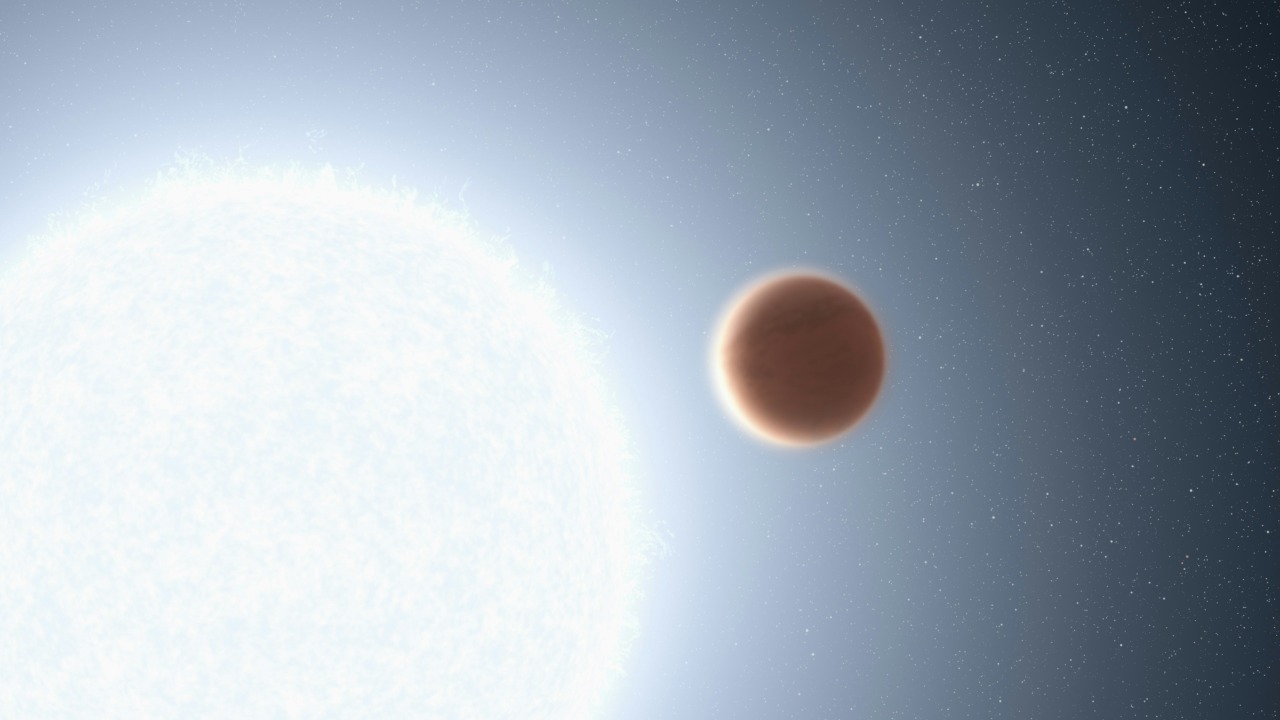
New simulations that incorporate relativity suggest that gas giant moons or planets in close orbits around white dwarfs could sustain habitable conditions due to enhanced or stabilized energy fluxes. These models propose that relativistic beaming might redistribute heat across a planet’s surface, making the “dark side” of tidally locked planets viable for life. This redistribution of heat could create stable climates on planets that would otherwise be too cold or too hot to support life (Source).
Specific findings from these simulations indicate that planets orbiting close to white dwarfs could experience conditions conducive to life, even if they fall outside traditional habitable zones. By comparing pre- and post-relativity habitability predictions for known exoplanets, researchers have identified shifts in viable planet types beyond Earth-like rocky worlds. This expanded understanding of habitability could lead to the discovery of new, unexpected candidates for life in the universe.
Implications for Exoplanet Detection and Search Strategies
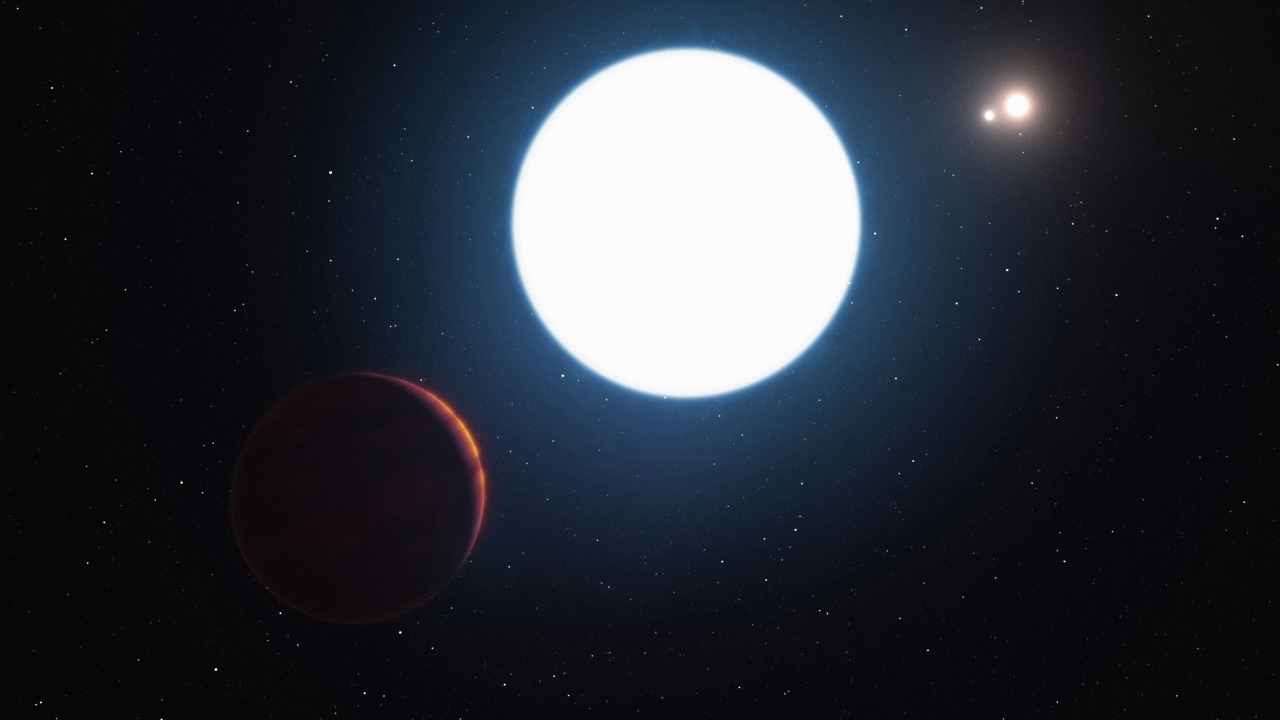
The updated habitability rules could significantly impact exoplanet detection and search strategies, prioritizing observations of white dwarf systems. By including non-traditional candidates in the search for life, scientists can increase the catalog of potential life-bearing worlds. This shift in focus could lead to the discovery of planets that were previously overlooked due to their unconventional characteristics (Source).
However, there are challenges in observational astronomy, such as using telescopes like the James Webb Space Telescope to verify relativistic effects on exoplanet atmospheres. These challenges include accurately measuring the subtle changes in light and radiation caused by relativistic effects, which require precise instrumentation and analysis. Despite these difficulties, the potential rewards of discovering new habitable worlds make this an exciting frontier in astrobiology.
Broader implications for astrobiology include the re-evaluation of missions targeting habitable zones in relativistic regimes. By expanding the criteria for habitability, scientists can explore a wider range of environments where life might exist, ultimately enhancing our understanding of life’s potential in the universe. This paradigm shift underscores the importance of integrating relativistic physics into the study of exoplanets and their potential to host life.